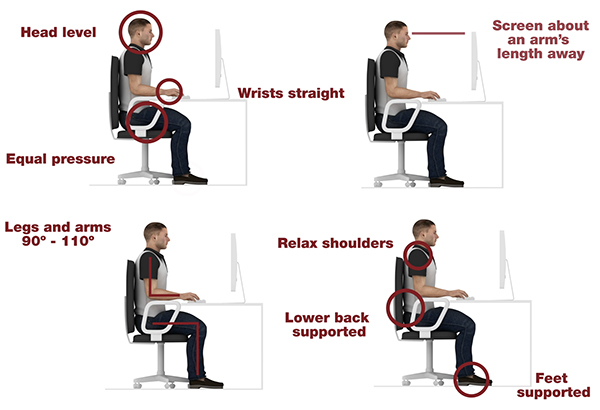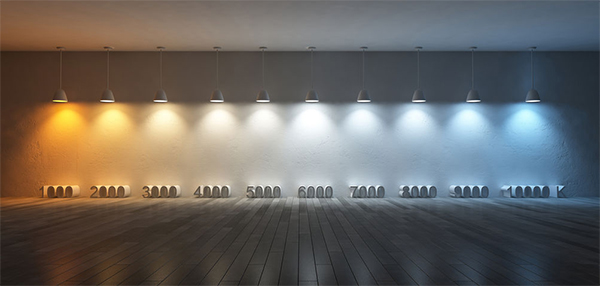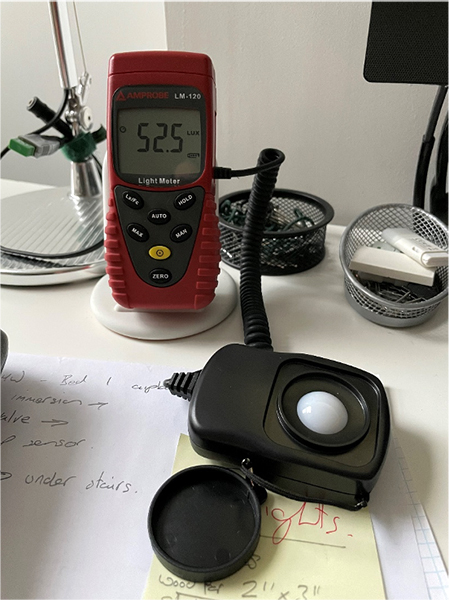
With so many more people working from home thanks to the pandemic, Simon Buddle discusses how KNX can be used to facilitate a safe and healthy environment.
In spare bedrooms across the world, people have set up their temporary offices. The neighbour across the road has become the nearest thing I have to a work colleague; we acknowledge each other from time to time as we peer out from behind our PC monitors. There is a light at the end of the tunnel, and for that I think we are all massively thankful. Working from home has some great benefits, but for most, sadly, it does not include a custom-built office set up specifically for the single purpose of work. Beds have been shifted, wardrobes moved or dismantled or, in many instances, dining room tables have been requisitioned as the workspace. How do we change from work mode to home mode, and can KNX bring anything to the party?

Automation is not necessarily the first words on people’s lips when they setup an office. Although I recall a couple of years ago seeing an office where the desks were automatically raised to the ceiling at 6pm. This enabled the studio to become a large open space for exercise classes or a gathering place for drinks and a bit of dancing. So, they kind of did things the other way round, they made the workspace into a leisure space.
KNX for lighting
The most obvious starting point from a KNX perspective is lighting. Most homes are not that well equipped when it comes to office-quality lighting. For most people, the warm glow of a light bulb in the room almost certainly means that 2700 kelvin yellow, which is great for relaxing in the evening and watching a bit of TV. When it comes to office colour temperature on the other hand, there is no ‘perfect’, but people certainly lean more towards the 4000 – 6000 kelvin range. From a circadian rhythms perspective, this will tend to make us more alert/awake and therefore more productive.

Colour temperature is only one part of the conversation, however. In 2015 CIBSE (Chartered Institution of Building Services Engineers) updated its LG7 document to LG07:Offices (2015) in order to take account of the increase in screens within the office. They recommend 300 lux for mainly screen-based work or 500 lux for paper-based work. As I sit writing this, on a slightly overcast day, mid-afternoon, I am getting a pitiful 52.5 lux on my desk.

Working from home has, of course, become the norm for many people over the last 18 months, and it is likely that this will continue for a large majority. Last year, an Australian court ruled that an employer was liable for the tragic death of an employee whilst working from home. The case highlights the critical importance of ensuring that staff working at home do so in a safe working environment. More details can be found here.
Specifically, this sentence is worth noting: ‘The duty of care owed by an employer to an employee does not cease to exist merely because an employee is working from home.’
This was an extreme and tragic case, but it clearly places home working as part of the employer’s responsibility from a health and safety perspective. It may in turn lead to health and safety executives elsewhere around the world drawing the same conclusions. A good chair, correct lighting, blinds, heating and cooling, consistent with the facilities provided within the office environment, may well become the norm – just as a good chair and correct seating posture form part of the office health and safety.
A well-thought-out lighting scheme that encompasses tuneable white lighting means that a room at home can double as an office space and that spare room which friends can use when they are able to stay over. Add into the mix a lux meter, and now we can control the quantity of light as well as the colour temperature.
The full KNX professional service
For KNX, lighting is just the tip of the iceberg. We can deal with blinds too, measure air quality and temperature and provide control over the entire environment. But we offer even more than that. As systems integrators we can also deal with the necessary infrastructure to facilitate the home office.

Data and communications are part of what we do, day in, day out. I would love to know how many office systems have been hacked because of unsecure networking in the home, or data breaches because work emails have inadvertently been sent to a group of friends from a family PC. Work computers that reside in the home are vulnerable to the quality of the installed network and its security. And finally, where is the data stored and backed up? We have the skills to solve all of these problems.
Conclusion
Systems integrators with KNX offer total solutions for the home office. We can apply our technical skills to make the environment meet the standards of the office for lighting, heating, air quality and more. We can analyse Wi-Fi problems, secure routers and create VPNs. In short, we can provide a good quality, secure working space at home that might take an employer multiple trades to achieve. And who knows; somebody might want the desks to motorise up to the ceiling. We can do that too!
Simon Buddle CEng MIET, is a consultant for Future Ready Homes, a specialist in BMS and ELV services system design.












